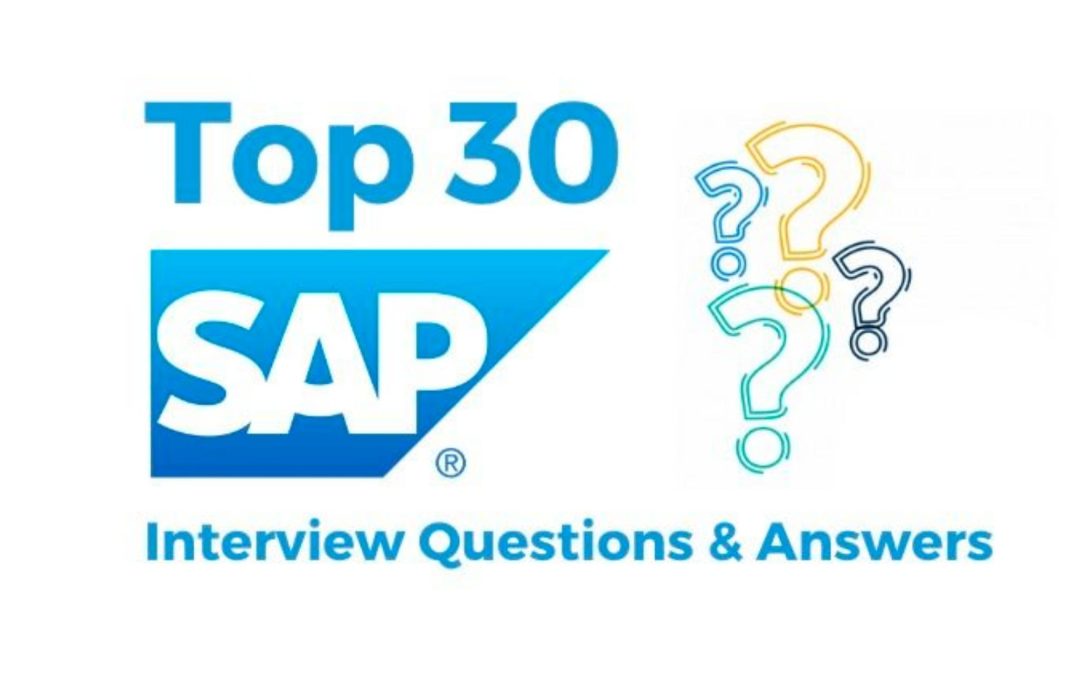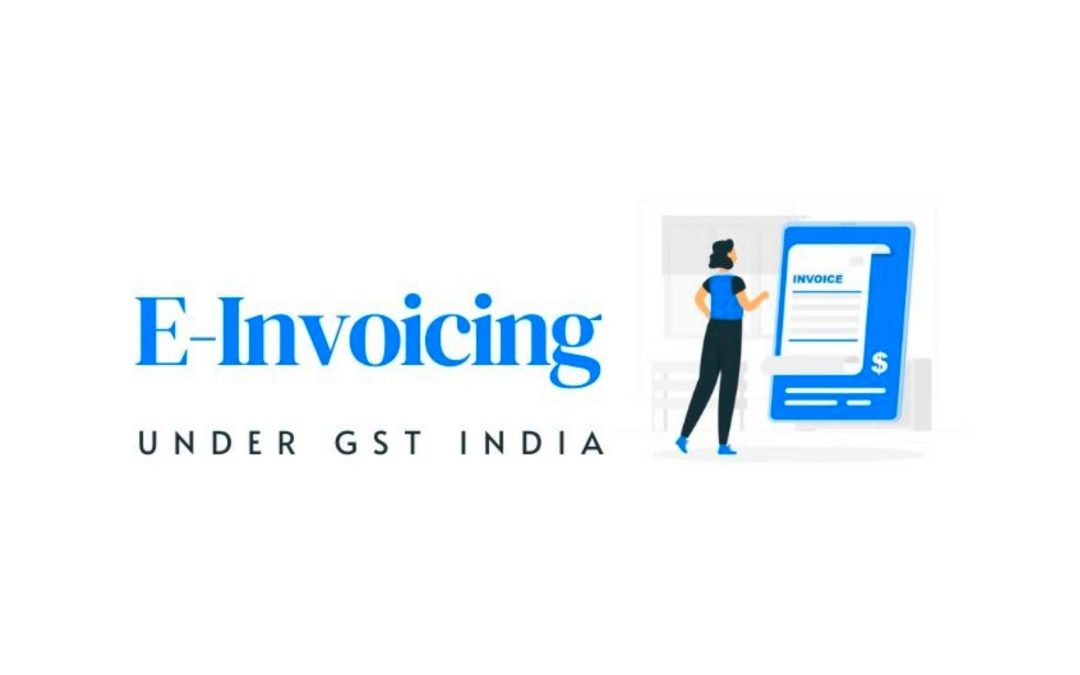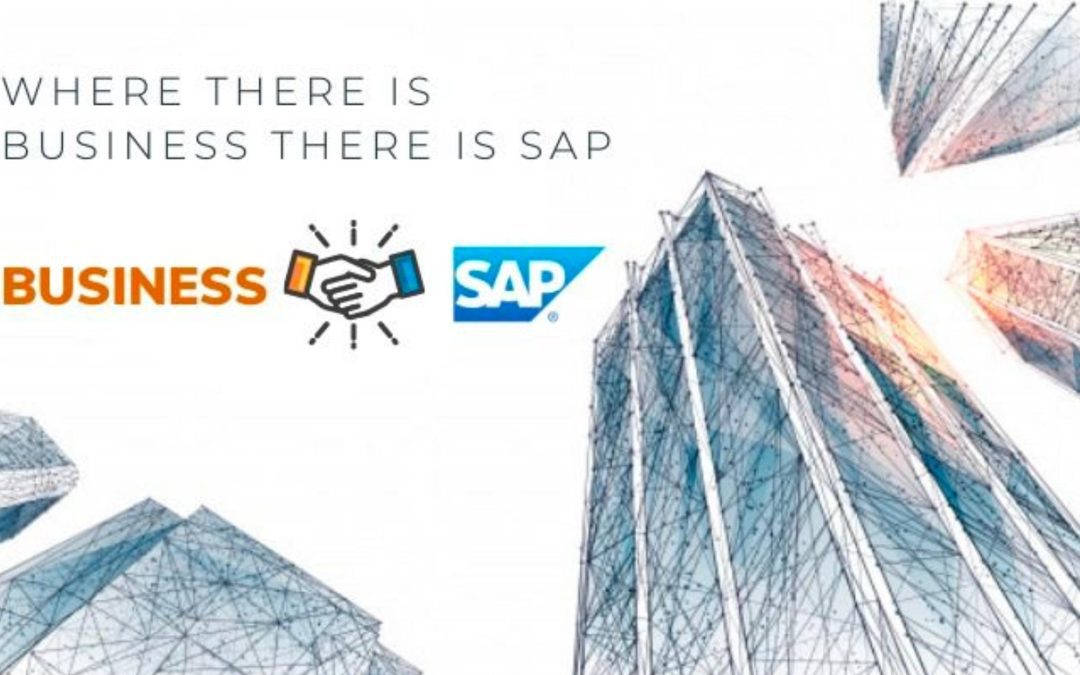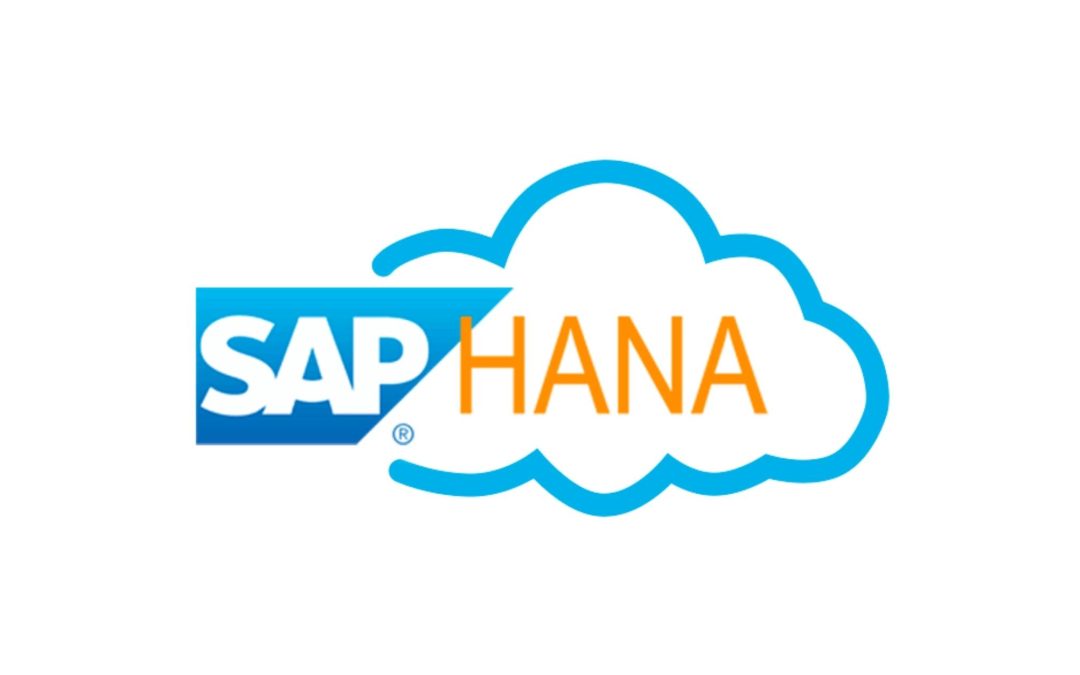
Top 30 SAP Interview Questions & Answers
Working in SAP is fundamentally a technical job and while theory and strong concepts are imperative for candidates applying for the position, practical and applied knowledge are much needed as well. Like most interviews, SAP candidates will be especially questioned about their previous experience and roles.
Listed below are 30 frequently asked SAP Interview Questions and Answers Every Candidate needs to take a look at:
1. What do you mean by ERP?
Ans. ERP stands for Enterprise Resource Planning Software and is an integrated computer-based system used to manage a company’s resources effectively. It ensures smooth flow of information amongst various departments in an enterprise or a company and manages the workflows.
2. What do you know about SAP?
Ans. SAP is the abbreviation for Systems Applications and Products in Data Processing. It is a German company founded in 1972 by Wellenreuther, Hopp, Hector, Plattner, and Tschira. Along with the name of the company, SAP is its ERP product as well. Leading the ERP industry, SAP customers include around 92% of the Forbes Global 2000 companies. Alongside SAP is also a market share leader in analytics, supply chain management, human capital management and experience management.
3. List the Different Modules in SAP.
Ans. SAP provides several industry- specific solutions and has various modules such as Financial Accounting, Controlling, Enterprise Controlling, Investment Management, Sales and Distribution, Human Resources, Production Planning, Business Warehousing, Quality Management among many others. As the world expands, the list too is ever-growing.
4. Explain Metadata, Master data and Transaction data.
Ans. According to the commonly agreed categories of data in the data management field:
I. MetaData is data about Data i.e it tells you about the structure of data or MetaObjects.
II. Master Data is the key business information about customers, employees and other business elements that supports transactions.
III. Transactional Data describes business events and is the largest volume of data in the enterprise, for example buying from suppliers or selling to customers.
5. Which are the three stages of data mining?
Ans. Data mining is the process of discovering hidden, valuable knowledge by analyzing a large amount of data. It is a very important process, advantageous for various industries, such as manufacturing, marketing, etc. Three stages of data mining include
- Initial Exploration
- Model building
- Deployment
6. Mention what is the difference between SAP BASIS and SAP ABAP?
Ans. SAP ABAP (Advanced Business Application Programming) is a high level programming language used within SAP to customize, generate forms, generate reports, etc. While SAP BASIS is the administration module of SAP used to control code changes, upgrades, database admin, network setup, etc. It is the technical foundation for SAP and consists of middleware programs and tools that support the interoperability and portability of SAP applications across systems and databases.
7. Explain what is meant by “Business Content” in SAP?
Ans. Business Content in SAP is a pre-configured set of role and task-related information models that are based on consistent metadata stored in the SAP warehouse, which can be used directly or with desired modification in varying industries. It provides selected roles within a company with the information that the roles need to perform their tasks.
8. Mention what are the standard stages of the SAP Payment Run?
Ans. SAP provides Automatic Payment Run which manages payments and carries out tasks like posting accounts payable (payment to a vendor) automatically. It also helps you find out due/overdue invoices, process consumer lists and vendor invoices to make payments seamlessly.
In the SAP Payment Run, the standard stages of SAP includes
- Entering parameters includes entering company codes, vendor accounts, payment methods, etc.
- Proposal Scheduling includes the system proposes a list of invoices to be paid.
- Payment booking is the booking of the actual payments into the ledger.
- Printing of Payment forms.
9. What is Bex?
Ans. Bex means Business Explorer. It enables the end-user to locate reports, analyze information, view reports and can execute queries. The queries in the workbook can be saved to their respective roles in the Bex browser. It has components like Bex analyzer, Bex Map, & Bex web.
10. What is NetWeaver?
Ans. NetWeaver is an integrated technology platform for all products in the my SAP suite to run on a single instance of NetWeaver, known as SAP Web Application Server (SAP WEBAs). NetWeaver is beneficial as you can access SAP data using the web (http protocol) or even mobile. All in all, it helps you save on costs involved in training users on SAP Client-side GUI.
11. Mention what is the process to create a table in the data dictionary?
Ans. Data dictionary is viewed as metadata in the SAP database with the metadata stored by the database and is used to create and manage data definitions, create tables, data elements, domains, views and types.
To create a table in the data dictionary, you have to follow these steps:
- Creating domains (data type, field length, range)
- Creating data elements (properties and type for a table field)
- Creating tables (SE 11)
12. Mention what is the importance of ODS in BIW?
Ans. An ODS (Operational Data Store) object serves to store debugged and consolidated transaction data on a document level. It defines a consolidated dataset from one or more sources of information. This dataset can be evaluated with a Bex query or an Infoset query. The data of an ODS object can be updated with a delta update into InfoCubes or other ODS objects in the same system or across systems. Contrary to multi-dimensional data storage with InfoCubes, the data in the ODS object is stored in transparent, flat database tables.
13. Other than SAP, are there any ERP softwares in the market?
Ans: Yes, there are others available in the market such as Microsoft Dynamics, PeopleSoft, Siebel, JD Edwards, Baan, etc. Each of these ERPs has different specialities. Apart from these, there are various other lesser known ERPs and many small enterprises tend to use them because of the cost factor.
14. What drove you to choose a career in SAP?
Ans. Enterprise Resource Planning is the backbone of any large organisation. Without using an ERP, the functioning of these organisations is bound to slow down and be vulnerable to errors. I had always dreamt of working in an MNC and since SAP is at the top of the ERP market, it was the obvious choice. SAP is said to have 140,000+ installations and 25+ specific business solutions. I think working in such an accomplished company with so many intellectuals will push me to the best of my capabilities.
15. In SAP, how many simultaneous sessions can you have?
Ans: In SAP, a user can have 6 simultaneous sessions at one time for one client.
16. What are the different layers in the R/3 system?
Ans: There are three main layers in the SAP R/3 system;
- Presentation Layer
- Database Layer
- Application Layer
17. What are the most common transport errors that you can come across?
Ans: The most common transport errors in occurrence are:
- Return Code 4
- Return Code 8
- Return Code 12
- Return Code 18
18. Mention what is the difference between Domain & Data Element?
Ans. The basic difference is that data element is an intermediate object between domain and table type, whereas domain defines attributes such as length, type and possible value range.
19. What does an update type with reference to a match-code ID mean?
Ans: Whenever the data in base tables of a match-code ID changes, it needs updating. In this instance, the update type tells us about the time when the match-code needs updating and also clarifies how to do it. Another significant function of the match-code is that it defines the method which is to be used for building match-codes.
20. What are SET parameters & GET parameters?
Ans. To use parameter IDs, you need to SET values in the global memory area and then GET values from this parameter ID memory area. In the case of the online program, you have to SET values from screen fields, and you will GET these values for screen fields.
21. What do you mean by one-time vendors?
Ans. In certain industries, it is not feasible to create new master records for every vendor trading partner. One-time vendors enable a dummy vendor code to be used for an invoice entry, and the information that is normally stored in the vendor master is keyed on the invoice itself.
22. What is an extended star schema?
Ans: The star schema is an amalgamation of fact tables and dimension tables. Separate tables are used to store master data and these tables have reference to characteristics in dimension tables. These separate tables are called extended star schema.
23. Why do organizations generally choose to implement SAP?
Ans. Organisations choose to implement SAP as it is highly configurable and assures secure data handling. Along with that there is minimum data redundancy and maximum data consistency. Organizations can also take advantage of economies of sales like purchasing apart from tight integration-cross function. SAP makes coordination of resources across the organisation swift and effective.
24. Does SAP have its own database management tool?
Ans. SAP is not a database itself but an application that uses databases provided by other servers like Oracle, or SQL Server.
25. What does ‘transaction’ mean in SAP terminology?
Ans. According to SAP terminology, a transaction is a series of logically connected dialog steps.
26. Explain the application, presentation, & database servers in SAP R/3?
Ans. The application layer of a R/3 system is made up of the application server and the message server. Application programs in an R/3 system run on application servers. Using the message server, the application servers interact with presentation components, the database, and also with each other. All the data are stored in a centralized server, which is the database server.
27. Explain what is a company in SAP?
Ans. In SAP, ‘company’ is the highest organizational unit for which financial statements like profit and loss statements, balance sheets can be drawn according to the requirement of organizations. A single company contains one or many company codes. All the company codes in SAP must use the same COA (chart of accounts) and fiscal year.
28. Mention the two types of services that are used to deal with communication?
Ans. To deal with communication, you can use two types of services:
- Message Service is used to exchange short internal messages by the application servers.
- Gateway Service allows communication between R/3 and external applications using CPI-C protocol.
29. Name the different types of variables there are?
Ans. The different types of variables are characteristics variable, hierarchies, hierarchy nodes, text, formulae, processing types, replacement path and default type.
30. Mention some shortcomings of SAP
Ans. Despite being a game-changer in the data management field, SAP has a few setbacks. These include the high cost and lengthy implementation time. It demands a highly trained staff as the interface can be a bit complicated. SAP also does not determine where master data resides.
















